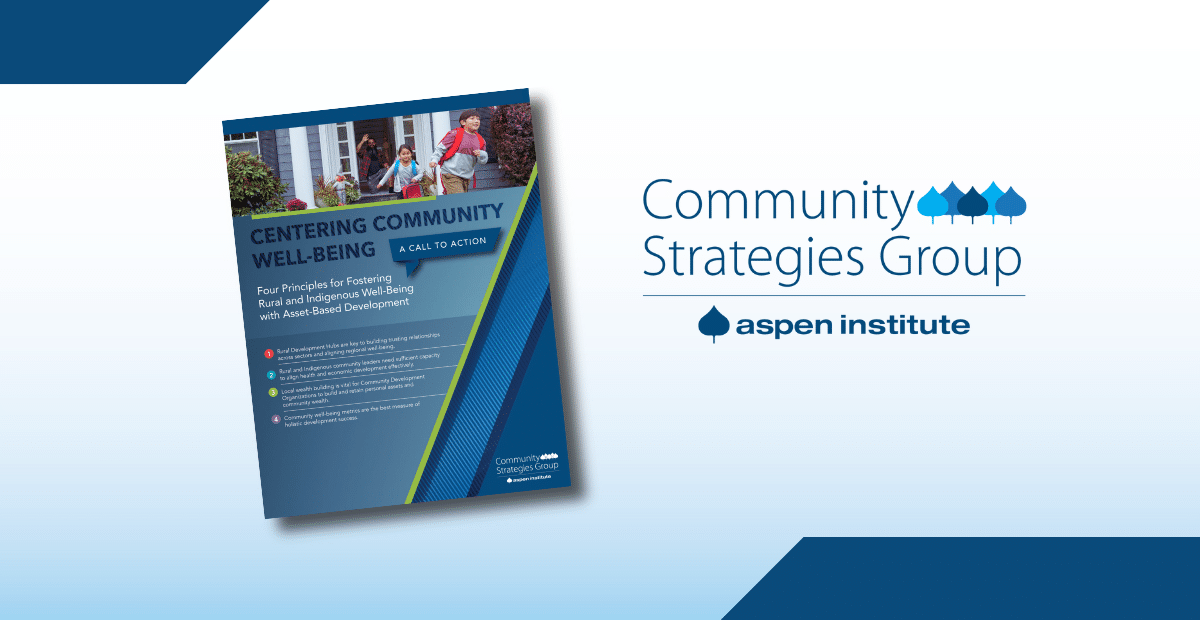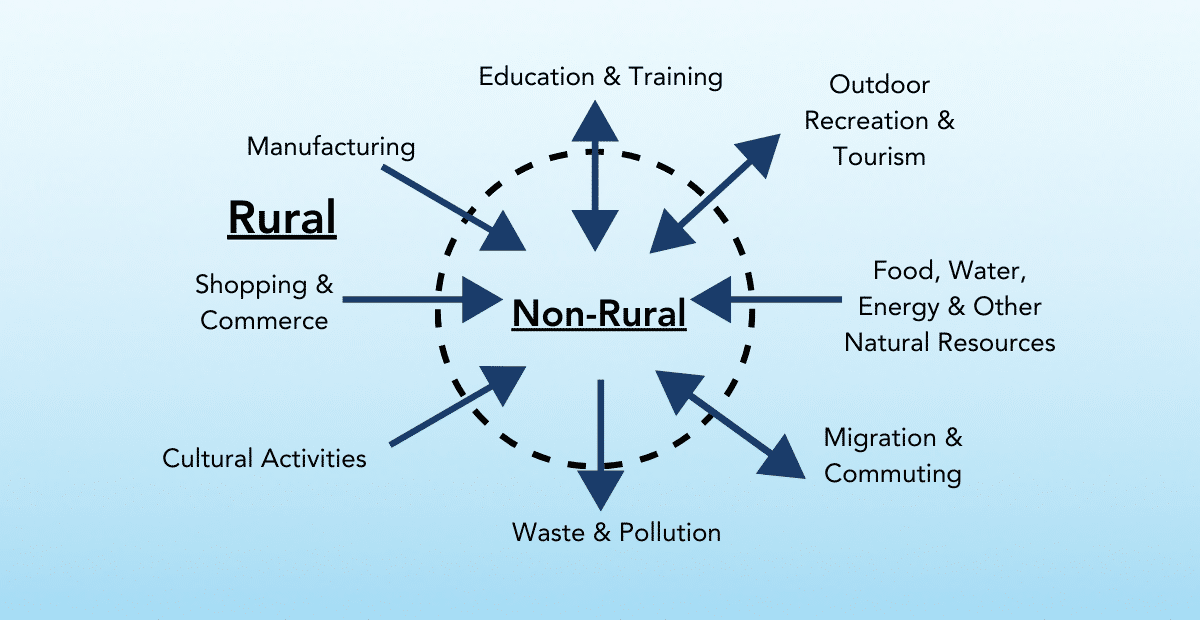This week, the White House announced its support for the Bipartisan Infrastructure Framework, hailing it as, “the largest long-term investment in our infrastructure and competitiveness in nearly a century.” The agreement, if it becomes law, will fund transportation, as well as infrastructure relating to water, power, broadband, and environmental remediation.
In a statement, the White House noted that there is more work to do “to grow our economy, create jobs, improve living standards, reduce climate pollution, and ensure more Americans can participate fully and equally in our economy. President Biden remains committed to the comprehensive agenda laid out in the American Jobs Plan and American Families Plan.”
Though it was not included in the bi-partisan plan released yesterday, in its original proposal for the American Jobs Plan, the administration included this action item:
Solidify the infrastructure of our care economy by creating jobs and raising wages and benefits for essential home care workers. These workers—the majority of whom are women of color—have been underpaid and undervalued for too long. The President’s plan makes substantial investments in the infrastructure of our care economy, starting by creating new and better jobs for caregiving workers. His plan will provide home and community-based care for individuals who otherwise would need to wait as many as five years to get the services they badly need.
The care economy includes child care, elder care, and care for people who are ill or disabled and in need of assistance. That care is provided by home-based businesses, care centers, and by individuals who work in the homes of those they care for. Because of the loose nature of this network, some have bristled at the idea that the care economy might be classified as infrastructure, though few deny the necessity of caregivers in our current economic system. They make appeals to traditional uses of the term—things that are necessary, durable, and concrete—and they count on that last adjective to leave images of bridges and dams dancing in the minds of the populace.
“Our economy is deeply dependent on systems of care and caregiving, but this support infrastructure has been unrecognized and undervalued,” said Maureen Conway, executive director of the Institute’s Economic Opportunities Program. “For far too long, our care system has relied on requiring women, primarily women of color, to endure poverty wages and often demeaning working conditions. We need a resilient care infrastructure built with a recognition for the critical role of care systems and the human dignity of care workers.”
Many programs within the Aspen Institute have been working for years examining the fragility of our current care system. Through various initiatives and policy recommendations, they argue that the care economy should be considered vital infrastructure and that it should be supported as such.
The economy needs a healthy care economy to operate.
We live in an economy that expects something approaching full employment. But people can’t go to work—or, in many cases, even work from home—if they can’t be confident that loved ones in need of care aren’t being looked after. A single caregiver might provide half-a-dozen workers the chance to earn money to support their families, creating an immediate multiplier effect.
But we don’t have the care support that we need as a society. In general, care in the United States is unreliable, inconsistent, and increasingly unavailable. Speaking at an event in April hosted by the Economic Opportunities Program, Tina Tchen, CEO of Time’s Up Now, said, “Anybody who’s tried to find childcare for themselves or eldercare already knows: this is an industry where demand is far outstripping supply. You just can’t find it; it doesn’t matter what your income is.”
As the nation emerges from the pandemic, there’s an obvious line to be drawn between lower-than-expected employment numbers and the lack of available care. In a statement about the American Jobs Plan, the White House noted, “In areas with the greatest shortage of child care slots, women’s labor force participation is about three percentage points less than in areas with a high capacity of child care slots, hurting families and hindering US growth and competitiveness.”
We won’t have quality care until care jobs are good jobs.
“Public sector infrastructure jobs are good jobs largely because our society, as reflected in our public policies, chose to make them so,” Conway said. “These workers were able to form a union, were protected by wage and hour laws, benefited from the establishment of Social Security. In contrast, domestic workers—workers who go into private homes to care for loved ones and support a household—were explicitly excluded from the rights and privileges established for other workers.”
Conway noted that the public sector has repeatedly marginalized care jobs through underinvestment—denigrating workers and excluding them from labor protections, including not recognizing their right to organize. This marginalization and lack of protections for care workers also affect their families.
“We look at the issue of care through a two-generation lens,” said Marjorie Sims, managing director at Ascend at the Aspen Institute. “We need to see programs and policies that support children and parents. When you look at early care and learning, you’re looking at workers who are largely women of color who happen to be parents themselves. By including care jobs in the infrastructure conversation, you’re supporting those workers both as breadwinners and parents.”
When we support the care economy, the benefits are immediate.
Corrine Hendrickson is the owner and operator of Corrine’s Little Explorers, a childcare center in rural Wisconsin. “If I was to get paid what I should get paid with a bachelor’s degree—just for the teaching portion, not for running my own business—I would have to raise my rates $120 per week per child,” she said at a recent discussion held by the Institute’s Community Strategies Group. “We’re really in that weird position where we need to raise rates to pay ourselves, but parents can’t afford it, so we really need to come up with some other solutions.”
Aly Richards is CEO of Let’s Grow Kids, an organization working to create affordable access to high-quality childcare across the state of Vermont. She’s seen what direct investment can do. “Immediately upon making an investment in childcare, you lift an entire sector of mostly women out of poverty wages, because a lot of the funding goes to fair compensation for early educators,” she said. “But it also goes back into the pockets of Vermonters, because they can now afford childcare instead of paying more than their mortgage for it.”
Higher wages attract more care workers to fill the high demand, Richards notes, and thousands of other jobs are created throughout the state because people can pursue the jobs they want when they feel secure with their childcare situations. “It has an immediate stimulus effect that pays for itself,” she said, “And that doesn’t mention the demographic pull that will have a big effect on reducing our tax burden and doesn’t even get into the return on investment when children actually get what they need to thrive from day one.”
But is it infrastructure?
Some of this investment—Biden has proposed a $400 billion investment in the infrastructure of care—will certainly be of a tangible nature. “There will be fixed capital investment in actual care spaces,” said Clifford Deaton of the Community Strategies Group, “Rural service organizations will leverage dollars to buy fridges to keep the juice boxes cold and to store medicine, to bring existing buildings up to code, and for the vans that will transport the young, elderly, and disabled.” The Biden Administration has called on Congress to provide $25 billion to upgrade childcare facilities and increase the number of providers, as well as tax credits for 50 percent of the first $1 million in construction costs per facility. The aim is to provide “safe, accessible, energy-efficient, high-quality learning environments for providers to teach and care for children.”
When it’s not about buildings, it needs to be about pipelines, specifically the ones that help train, certify, and retain care workers through better pay, benefits, and bargaining power.
“Creating those economic opportunities, investing in good wages and labor protections for caregivers is critical if we’re going to grow the supply,” said Tchen. She noted that three and a half million Americans turn 65 every year and that 70 percent of us are going to need care at some point. “If we’re going to really have a supply of workers that is well-trained and well-compensated and is available when we need it, we’ve got to make the investments in the caregiver workforce.”
“The care economy is as vital to Americans as any other government-supported system,” said Conway. “It is high time that we view it as a necessary piece of infrastructure, to establish it as a nationwide network and commit to its funding, construction, and upkeep. When the care economy crumbles—and it is crumbling right now—the whole economy will fall with it.”







